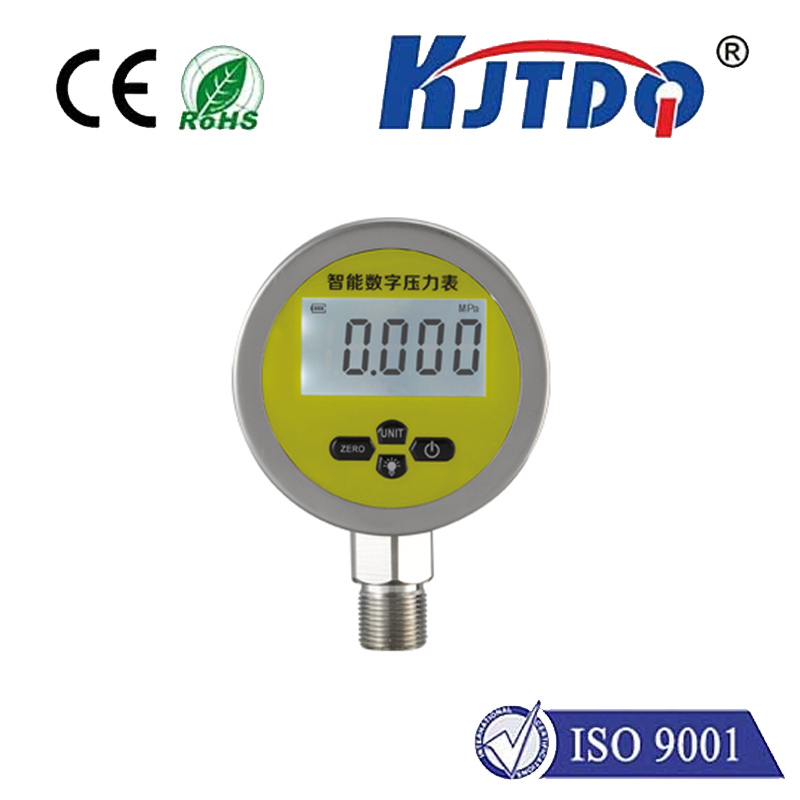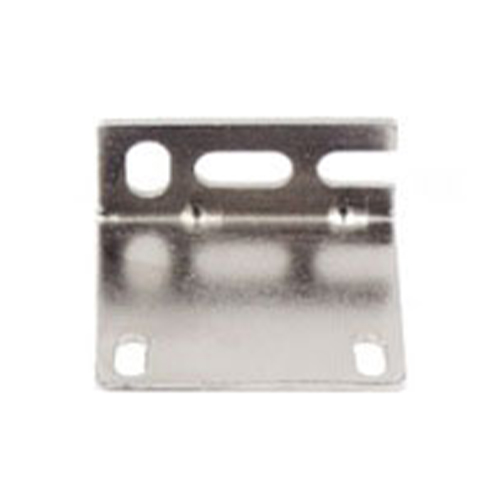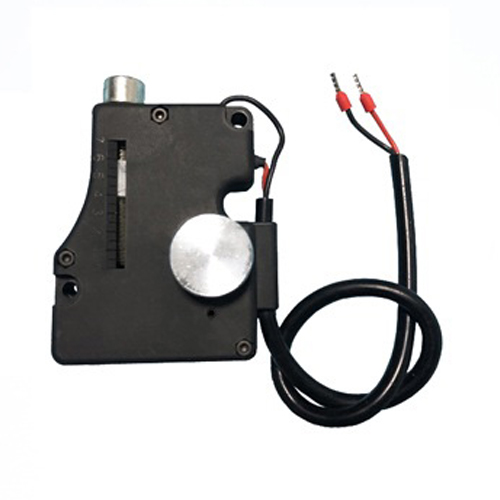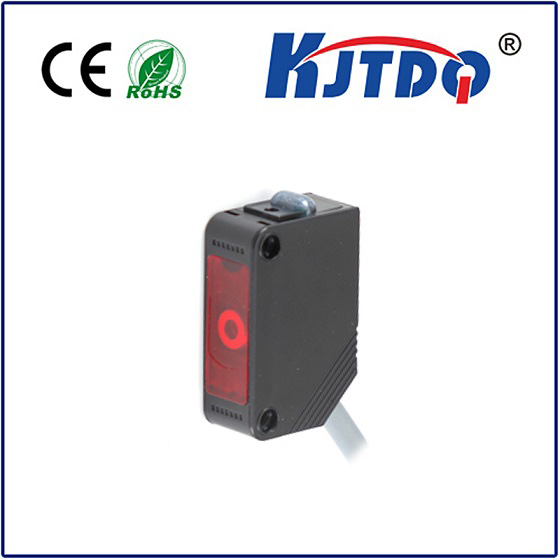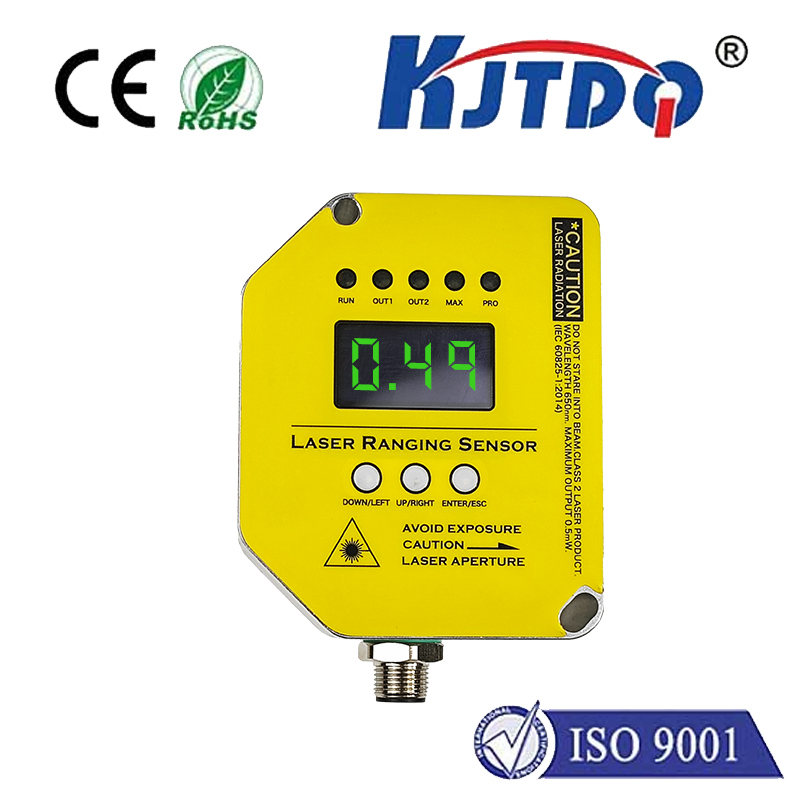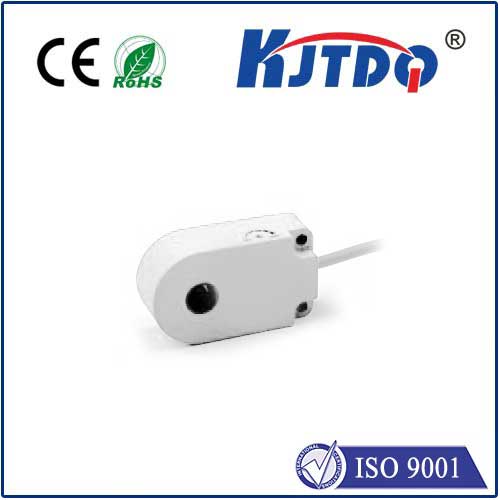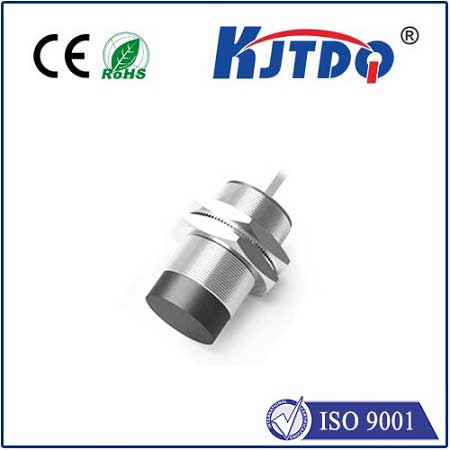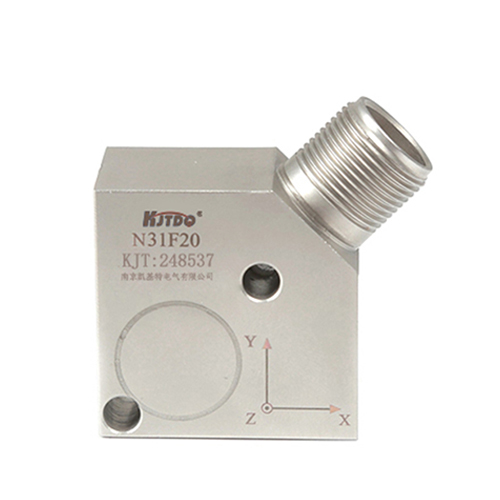

check

check

check

check

check

check

check

check

check

check
Subtitle: Ensuring Safe and Efficient Operation in the Construction Industry
Body:
In the construction industry, cranes are essential equipment for lifting and moving heavy loads. However, the safe and efficient operation of these machines is heavily reliant on their sensors. Among these sensors, crane proximity sensors play a crucial role in ensuring the safety of workers and preventing accidents. This article discusses the importance and applications of crane proximity sensors in promoting safe and efficient operations in the construction sector.
One of the primary functions of crane proximity sensors is to detect the presence of nearby objects or people. By doing so, these sensors can provide accurate information to the crane's control system, allowing operators to make informed decisions about their movements. In case of an obstacle, the sensor triggers an alert, preventing the crane from colliding with anything. This not only protects workers but also prevents damage to the crane and its components, saving maintenance costs in the long run.
Crane proximity sensors also enhance operational efficiency by optimizing load handling processes. With real-time monitoring of the environment surrounding the crane, the control system can adjust the machine's speed and height according to the loaded weight and available space. This ensures that the load is lifted or moved safely and efficiently, minimizing downtime and maximizing productivity. Additionally, some advanced proximity sensors can even predict potential hazards and provide pre-emptive warnings to prevent accidents before they occur.
Moreover, crane proximity sensors have become increasingly sophisticated in recent years, incorporating advanced technologies such as Bluetooth or wireless communication protocols. These features allow for seamless integration with other construction equipment and systems, facilitating coordinated operation and improving overall job performance. For example, a combination of a crane proximity sensor with a GPS device can provide precise positioning information for lift operations, ensuring optimal placement of loads. Similarly, integrating proximity sensors with weather forecasting data can help operators anticipate changes in environmental conditions, enabling them to take preventive measures against adverse weather impacts.
In conclusion, crane proximity sensors play a vital role in enhancing safety and efficiency in the construction industry. Their ability to detect obstacles, predict hazards, and optimize load handling processes makes them indispensable for ensuring successful project outcomes. As technology continues to evolve, we can expect further improvements in the design and functionality of these sensors, further revolutionizing the way construction sites operate.
